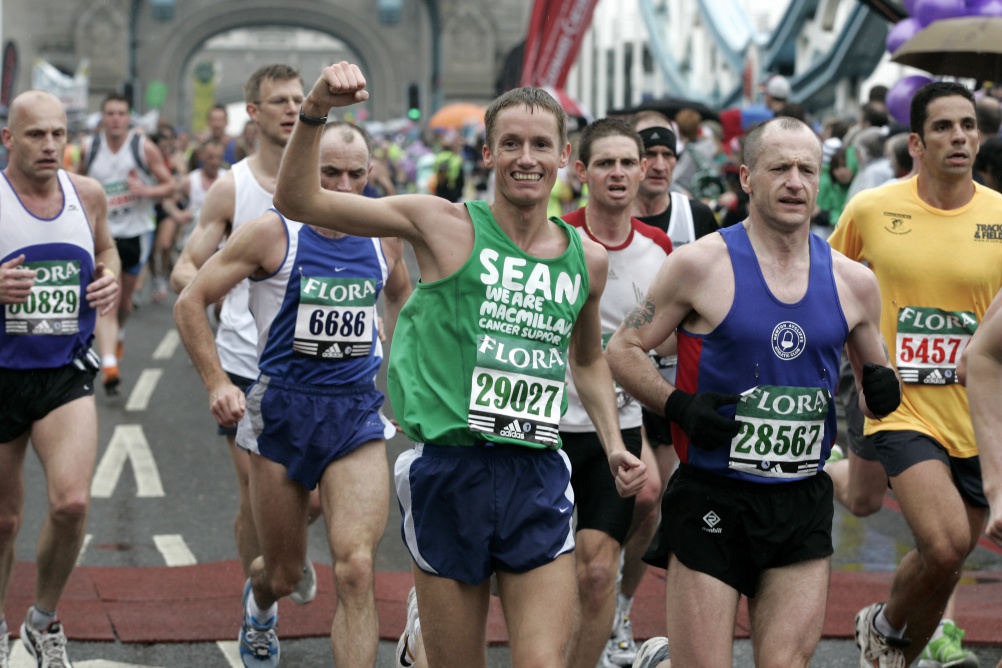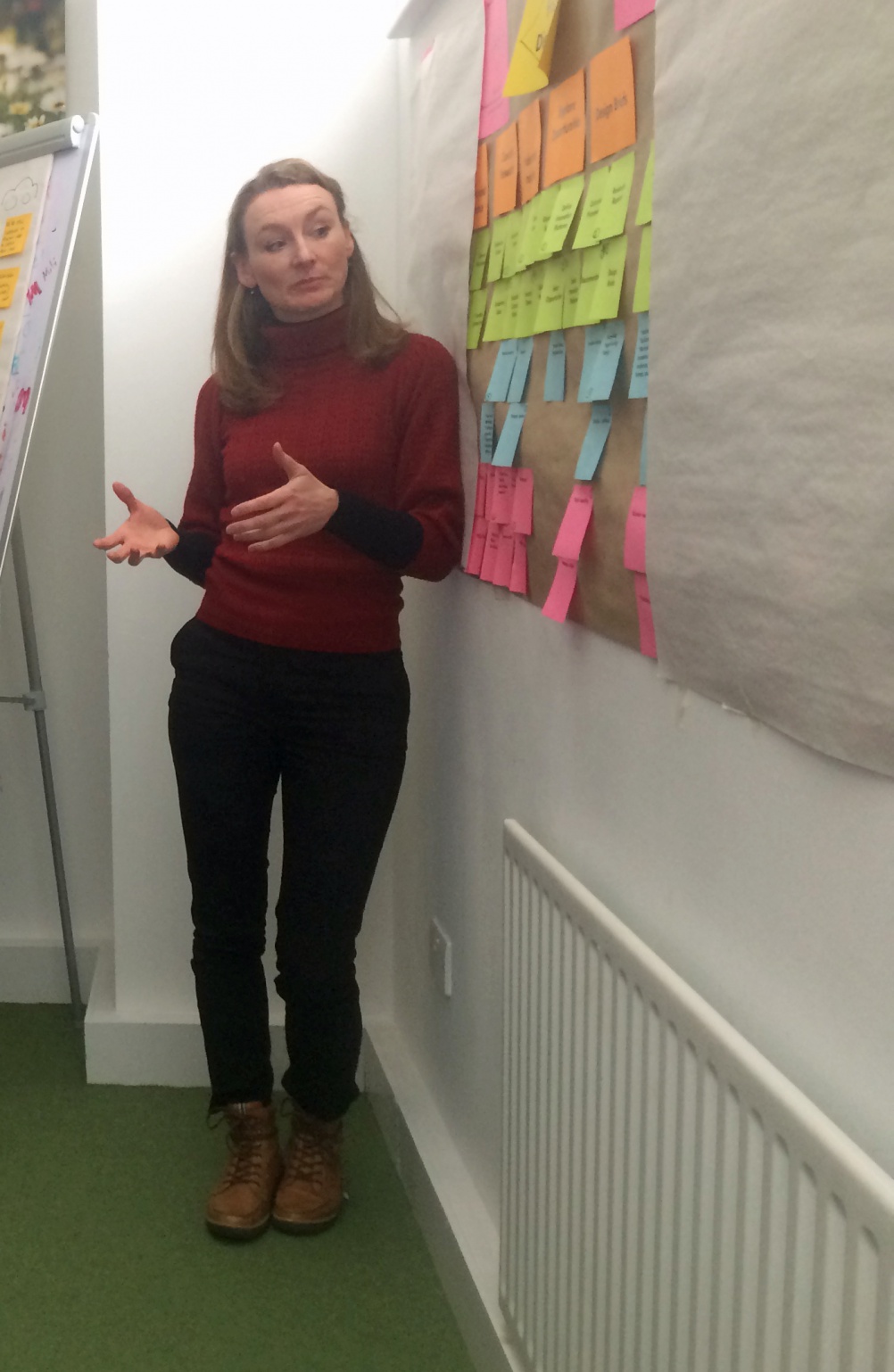How MacMillan Cancer Support is using design, innovation and the double-diamond

Set up in 1911, organisation MacMillan Cancer Support gives medical, practical, emotional and financial support to people affected by cancer. This is no small task – as MacMillan says, nearly half of us will be diagnosed with cancer in our lifetimes.
In 2013 MacMillan had an income of more than £189 million. It employs 1,500 people, funds 8,000 professionals in the NHS and is aided by 10,000 volunteers.
It also operates in a very sensitive area – MacMillan is an organisation almost entirely focused on its users, but those users can be in critical conditions, both physically and emotionally.
So how can an organisation with this heritage and scale and operating in such a serious and sensitive area use design to help improve its operations?
Marianne Guldbrandsen is head of innovation and strategic partnerships at MacMillan, and joined the organisation around two years ago. Prior to this she was head of design strategy at the Design Council and a freelance innovation and service design consultant.

Guldbrandsen says the main focus of her role has been to bring design “methodology” into what is already a very innovative and user-focused organisation.
She says: “User-insight and innovation isn’t new to MacMillan – the organisation is all about understanding people. What they were interested in though is methodology and that ability to build something that comes from design.
“That ability to build on different types of insights and put them together and synthesise them is really a key skill of designers – as well as that ability to actually construct something, even if it’s not physical.”
Guldbrandsen sits in MacMillan’s cancer services innovation directorate and currently has a team of six – including designers, policy experts and people with psychology backgrounds.
Part of the team’s role, she says, is to work on a project-by-project level and part of its is to influence MacMillan as a whole. Guldbrandsen says: “We both demonstrate through our own projects how things could be done and we also look to create structures for the rest of the organisation to that too. We’re moving towards a description of design methodology and embedding across the organisation.”
One project that Guldbrandsen and her team have been focusing on is an initiative to support people in their 20s, 30s and 40s who have had cancer and subsequently recovered.
Guldbrandsen says: “A big issue for people in these circumstances is identity. You’ve had to live with illness and now you’re back to ‘normal’ and people simply think: ‘Oh yes, you’re well again’. But it can be such a big thing to deal with and how do you deal with this and describe it to people?”
While looking to develop a support mechanism for people in this situation, the MacMillan team used data and ethnographic research and also interviewed people in their 20s, 30s and 40s who had had cancer but were two years out of treatment.
Guldbrandsen says: “We had some assumptions, such as that its not common to have cancer in your 20s – but we found that people in that situation didn’t describe themselves as depressed or sad; they said things like ‘I don’t know where I am with my life’ or ‘I’m a bit lost’.”
The project is still in development and will enter prototyping in the summer. Guldbrandsen says the aim is to “create a narrative”. She says: “Could it be an app? Could it be courses? Can you create a kind of game where you end up writing a story together with your friends and family?”
The team is also working on an existing service called MacMillan Connected, which focuses on connecting volunteers with people needing support. Guldbrandsen says: “We picked this up last year when it was in the pilot stage and we’ve taken it back into the double diamond for prototyping to take it apart and understand what’s working and what’s not working.”
Guldbrandsen is a strong proponent of the double-diamond design process, which was developed by the Design Council (“at my interview with MacMillan I drew a double-diamond”, she says).
The double diamond process is based on four stages – discover, define, develop and deliver. It’s after the define stage the problem can be isolated and after the deliver stage that the solution is found.
Guldbrandsen says: “I use the double diamond because it’s a very simple process – the first diamond is all about understanding users and you spend half your time understanding the problem before you come up with the solution – the key being that you narrow down in the middle and you define your design brief.”
In terms of promoting design principles across the organisation, Guldbrandsen says that it helps that she has a multi-disciplinery background – “if you’re a pure design it can be difficult to be understood”.
She adds: “A lot of what we do is showing by doing and I think that’s been extremely powerful. A lot of it has been about saying: ‘This isn’t new, this is similar to what you’ve already been doing but just tweak it a bit – because that can be much more appealing than creating something completely new.”
Another key point has been to try to influence the office environment – with even low-level interventions such as taking down barriers between desks and hanging things from the walls having an affect, says Guldbrandsen. “People cannot help but notice that this is different team,” she says, adding: “We’re a very well-connected team across the organisation.”
But key to her team’s success has been it’s top-level support – “It’s fair to say that at the top level there’s been complete buy-in from day – from the CEO down,” says Guldbrandsen.
With the team’s projects starting to come to fruition, they will soon have evidence and results of the applications of their design principles, and Guldbrandsen says they will keep iterating.
She says: “It’s amazing how much impact we’ve had in 20 months. One of the things we’ve looked at is failure – there can be very much a culture about not making mistakes, but I say if you haven’t made a mistake you haven’t learned anything.”
-
Post a comment




